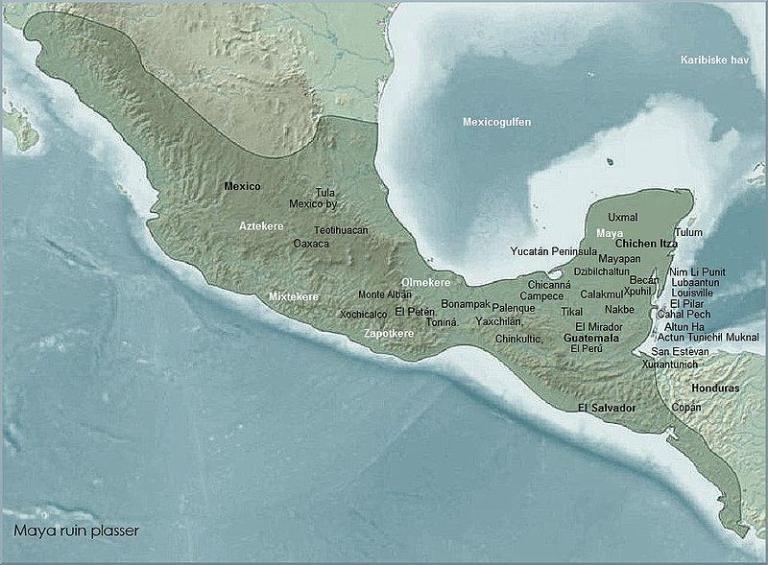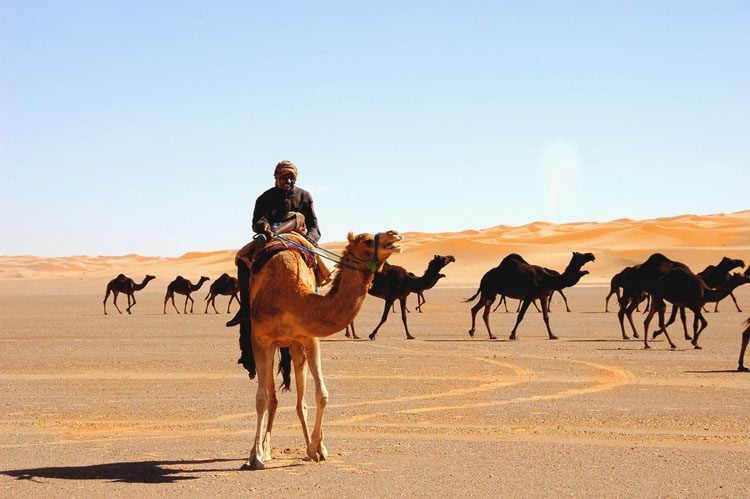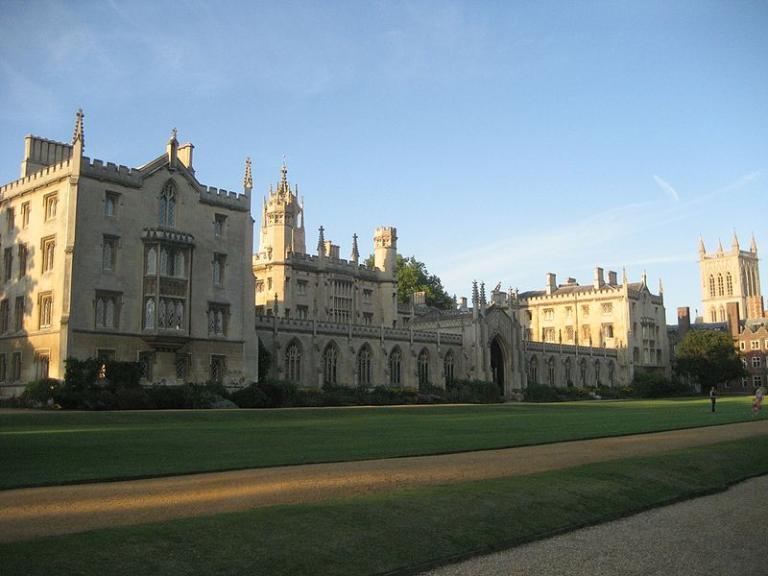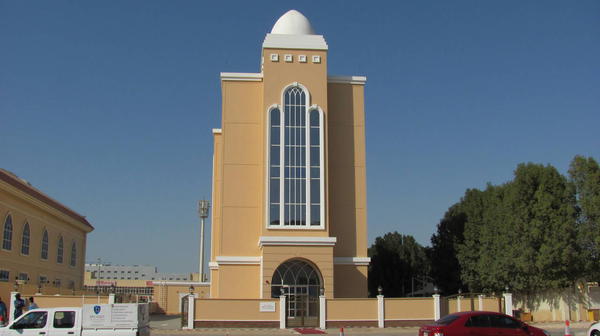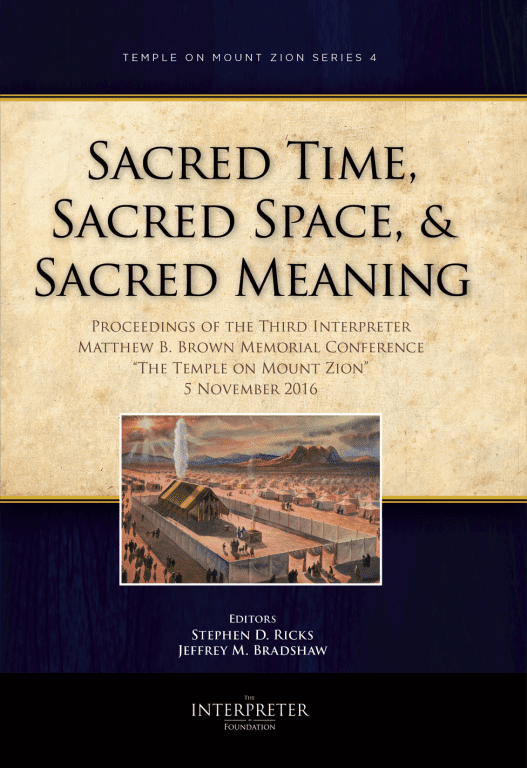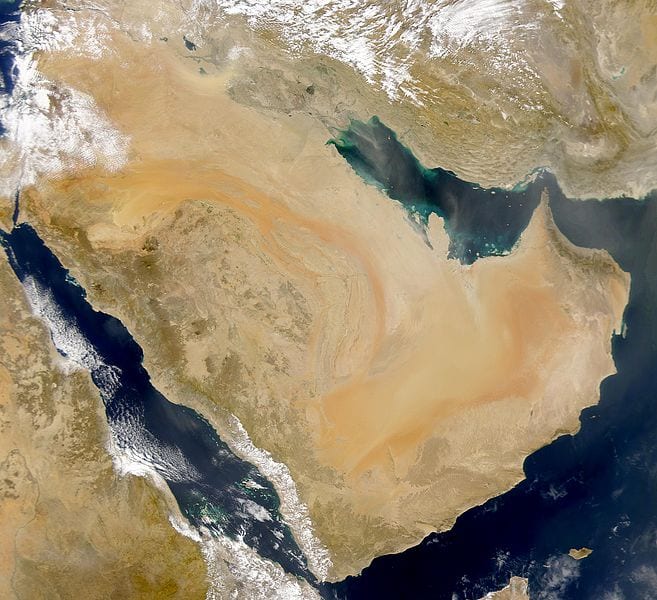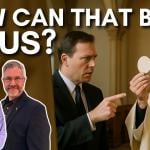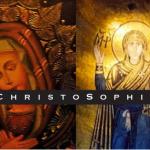New on the website of the Interpreter Foundation, a piece by Mark Alan Wright: “Nephite Daykeepers: Ritual Specialists in Mesoamerica and the Book of Mormon” Abstract: Mark Alan Wright describes a common type of ritual specialist among the Maya called a “daykeeper.” He discusses similarities and differences with descriptions of ritual specialists in the Book of Mormon, including those who used the Urim and Thummim, performed rituals of healing, experienced near-death episodes at the inauguration of their calling,... Read more


